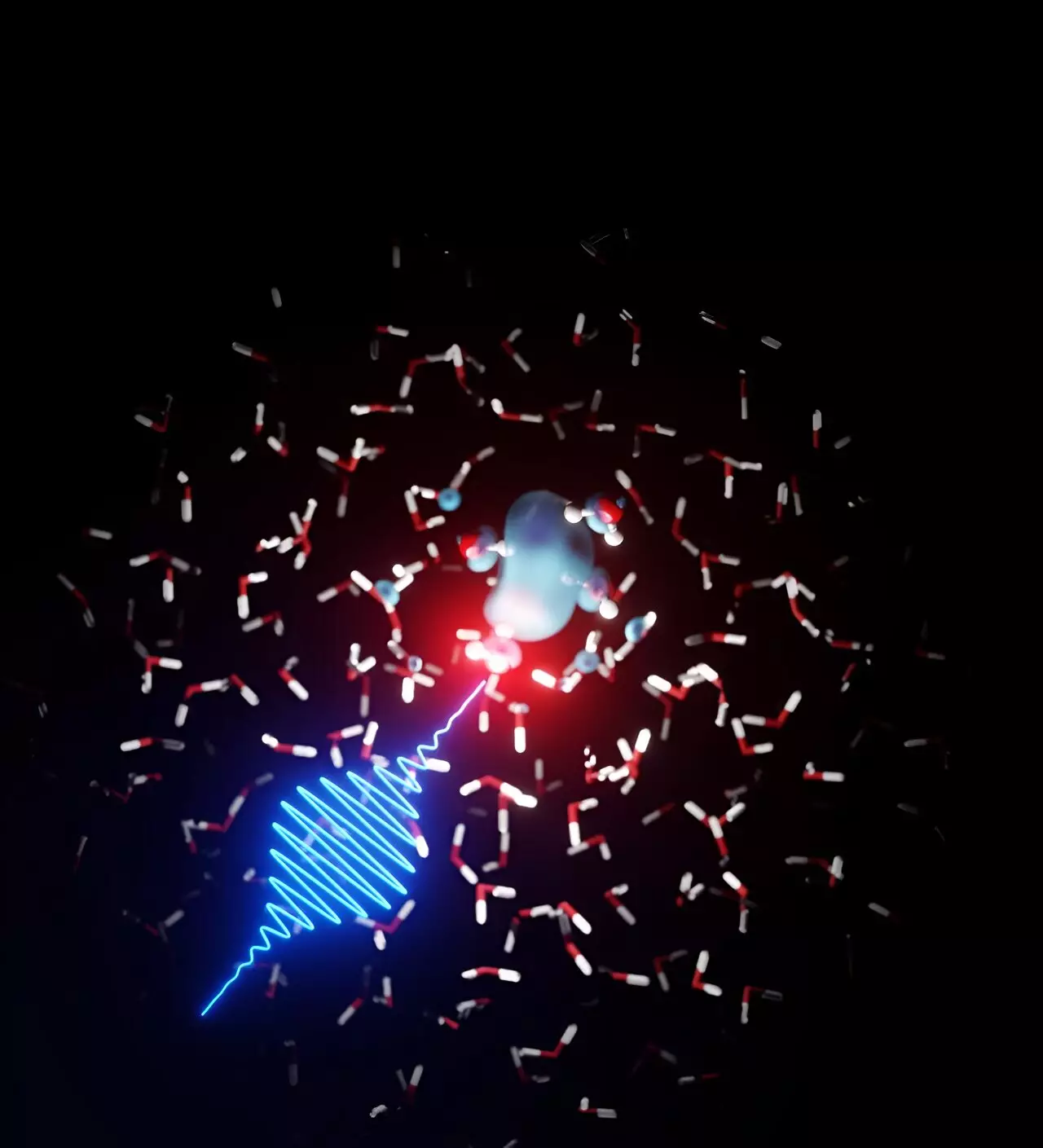Radiation and its interaction with water has long been a topic of interest for both physicists and medical professionals. When radiation hits water, an essential question arises – what happens? A team of theoretical physicists at DESY has conducted groundbreaking research, using data from the LCLS X-ray laser at the Argonne National Laboratory, to shed light on this enigma. Their findings may resolve the long-standing controversy surrounding the behavior of free electrons in water, particularly at extremely short time scales. In this article, we will delve into the details of this study and explore the implications it holds for radiation damage and chemistry in water.
Unbound Electrons and Water
Free electrons, which are not bound to atoms, emerge from water molecules when exposed to radiation. The flow of these electrons between the water molecules has been the subject of extensive discussion in the scientific community. The experimental team, led by scientist Linda Young from Argonne, utilized the LCLS X-ray laser to observe peculiar features associated with water molecules excited by lasers and imaged by X-ray technology. Through X-ray absorption spectroscopy, they identified unique structures among the molecules. To comprehend the significance of these observations, the experimental team collaborated with theoretical physicists from DESY, led by Ludger Inhester from the Center for Free-Electron Laser Science.
Sequestered Electrons in Water
The joint efforts of the experimental and theoretical teams revealed a fascinating phenomenon. The researchers discovered that the free electrons in water form bubble-like structures, which are then encapsulated by neighboring water molecules. This behavior is reminiscent of the solvation of chemicals in water at the molecular level. In analyzing the data, the DESY team successfully elucidated the process behind the solvation of electrons in water and its key parameters. Interestingly, they found that this dissolution process and the subsequent formation of cage-like structures were highly sensitive to temperature changes in water.
An Intricate Dance Within Water
The new insights gained from this study shed light on the intricate dance that electrons perform within water upon exposure to radiation. Initially, the electron roams freely across a wide area amidst the water molecules. However, it quickly docks onto specific hydrogen bonding patterns present in the molecular liquid water. Once docked, the electron undergoes a rapid “burrowing” process, accompanied by the reorientation of neighboring water molecules. Remarkably, this entire process is completed within a mere 100 femtoseconds, where a femtosecond represents a quadrillionth of a second. The resulting bubble structure, minuscule in size at about 50 billionths of a meter wide, disassociates within several picoseconds, equivalent to a trillionth of a second.
The comprehension of water’s reaction to radiation carries significant importance. These initial steps of chemical reactions, which are driven by radiation, dictate subsequent radiation chemistry, including its impact on biological materials. Understanding the behavior of free electrons in water provides vital insights into radiation damage caused by ionizing radiation. The newly acquired knowledge obtained from this research extends our understanding of radiation-induced chemistry in water, paving the way for further exploration.
Building upon this study, the research on water’s response to radiation is set to intensify. The emerging Center for Molecular Water Science, a collaboration on the DESY campus, aims to delve deeper into studying water’s behavior in the presence of radiation. With the establishment of this center, interdisciplinary research will flourish, contributing to advancements in various fields, including radiation therapy, radiobiology, and environmental science.
Through a collaborative effort between experimental and theoretical physicists, the mystery of radiation’s interaction with water has been unraveled to some extent. The sequestration of free electrons in bubble-like structures within water molecules has been observed and explained. These findings not only contribute to fundamental physics research but also have implications for radiation damage and chemistry in water. With ongoing research and the establishment of the Center for Molecular Water Science, we can expect further breakthroughs in understanding and managing the effects of radiation in water-based systems.


Leave a Reply